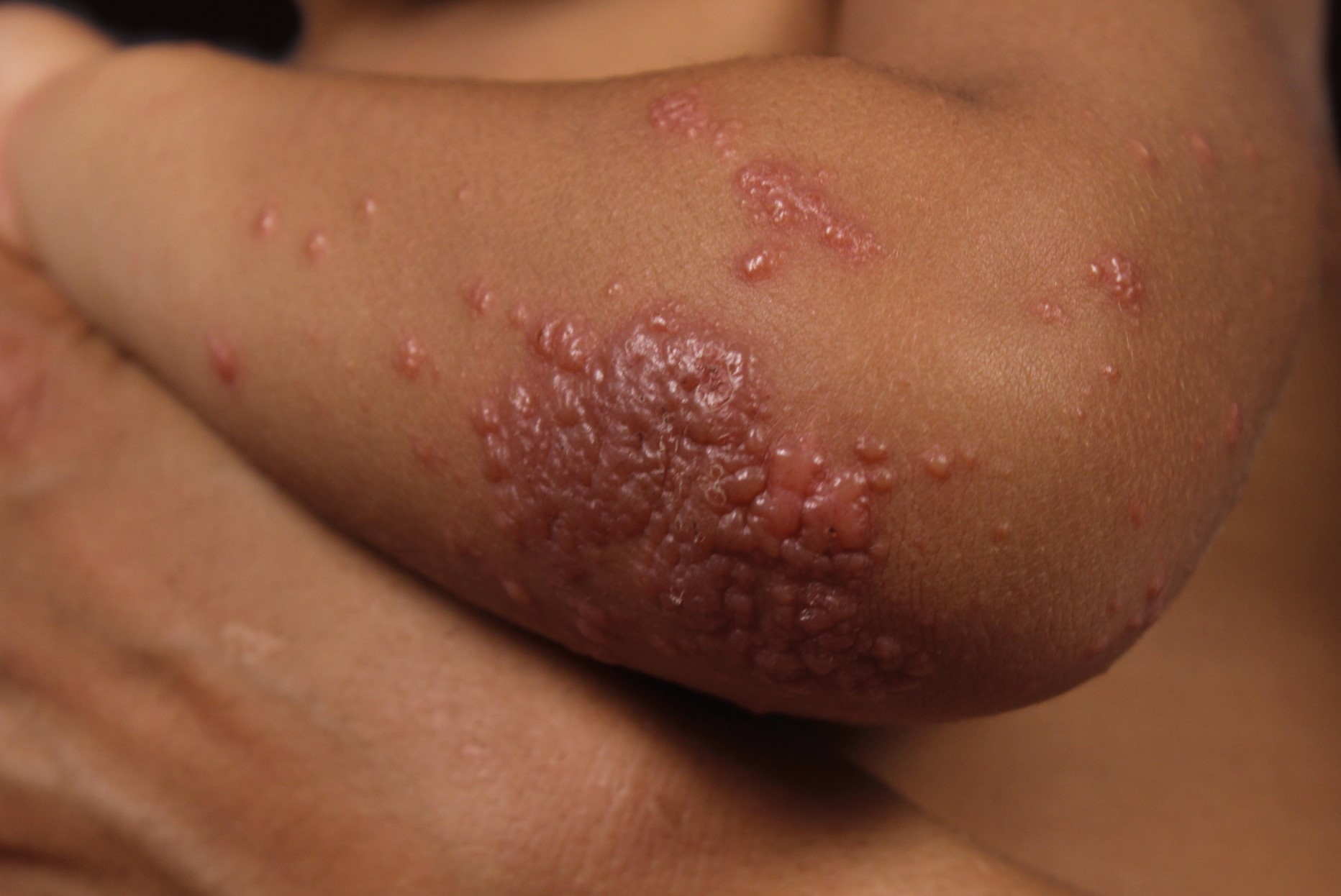
Gianotti–Crosti Syndrome might sound like a mouthful, but it's a skin condition that mostly affects young children. Ever noticed a kid with a sudden rash on their arms, legs, or face? That could be it. This syndrome often pops up after a viral infection, making it a bit of a mystery for parents and doctors alike. The good news? Gianotti–Crosti Syndrome usually clears up on its own without leaving any scars. But what exactly causes it, and how can you tell if a rash is this syndrome or something else? Let's dive into 35 intriguing facts about this condition to help you understand it better.
What is Gianotti–Crosti Syndrome?
Gianotti–Crosti Syndrome (GCS) is a rare skin condition that primarily affects children. It is characterized by a distinctive rash and is often linked to viral infections. Here are some intriguing facts about this uncommon syndrome.
-
Gianotti–Crosti Syndrome was first described by Italian pediatrician Ferdinando Gianotti and dermatologist Agostino Crosti in the 1950s.
-
GCS is also known as papular acrodermatitis of childhood.
-
The syndrome typically affects children between the ages of 6 months and 12 years.
-
GCS is more common in boys than girls.
Symptoms of Gianotti–Crosti Syndrome
Understanding the symptoms can help in recognizing and managing the condition effectively.
-
The hallmark symptom of GCS is a rash that appears as red or flesh-colored bumps.
-
The rash usually starts on the face, buttocks, and limbs.
-
Lesions are often symmetrical and can spread to other parts of the body.
-
The rash may last for several weeks to months.
-
Itching is generally mild or absent, which distinguishes it from other skin conditions.
Causes and Triggers
Knowing what triggers GCS can aid in prevention and early diagnosis.
-
GCS is often triggered by viral infections, such as Epstein-Barr virus (EBV) and hepatitis B.
-
Other viruses like Coxsackievirus, cytomegalovirus, and respiratory syncytial virus (RSV) can also be culprits.
-
Vaccinations have been reported as potential triggers in some cases.
-
The exact mechanism behind the syndrome remains unclear, but it is believed to involve an immune response to viral antigens.
Diagnosis of Gianotti–Crosti Syndrome
Accurate diagnosis is crucial for proper treatment and management.
-
Diagnosis is primarily clinical, based on the appearance of the rash and patient history.
-
Blood tests may be conducted to identify underlying viral infections.
-
Skin biopsy is rarely needed but can confirm the diagnosis by showing characteristic histological features.
Treatment and Management
While there is no specific cure for GCS, various treatments can help manage symptoms.
-
GCS is generally self-limiting and resolves on its own without treatment.
-
Topical corticosteroids may be prescribed to reduce inflammation and discomfort.
-
Antihistamines can help alleviate any itching that may occur.
-
Good skin care practices, such as moisturizing, can aid in managing the rash.
Complications and Prognosis
Understanding potential complications and the prognosis can provide peace of mind.
-
GCS usually has an excellent prognosis, with most children recovering fully.
-
Complications are rare but can include secondary bacterial infections due to scratching.
-
The syndrome does not typically recur once it resolves.
Epidemiology and Demographics
GCS is more prevalent in certain populations and regions.
-
GCS is more common in temperate climates.
-
Outbreaks have been reported in various parts of the world, including Europe, Asia, and North America.
-
The incidence of GCS appears to be higher in children with atopic dermatitis.
Historical and Cultural Context
The history and cultural aspects of GCS provide a broader understanding of the syndrome.
-
Gianotti and Crosti initially described the syndrome in Italian children in the 1950s.
-
The condition was initially thought to be linked to hepatitis B, but later studies identified other viral triggers.
-
Cultural practices, such as vaccination schedules, may influence the incidence of GCS in different regions.
Research and Future Directions
Ongoing research aims to uncover more about GCS and improve management strategies.
-
Current research is focused on understanding the immune mechanisms involved in GCS.
-
Studies are also exploring the role of genetic factors in susceptibility to the syndrome.
-
Future treatments may include targeted therapies that modulate the immune response.
Interesting Facts and Trivia
Some lesser-known facts and trivia about GCS can be quite fascinating.
-
GCS is sometimes referred to as "Gianotti–Crosti disease" in medical literature.
-
The syndrome has been reported in adults, although it is extremely rare.
-
GCS can sometimes be confused with other skin conditions, such as eczema or psoriasis, due to similar symptoms.
Final Thoughts on Gianotti–Crosti Syndrome
Gianotti–Crosti Syndrome, while rare, is a condition parents should be aware of. It mainly affects young children, presenting with a distinctive rash and sometimes mild fever. Though it can look alarming, the syndrome is generally self-limiting and resolves on its own within a few weeks. Treatment focuses on relieving symptoms, like itching, with antihistamines or topical steroids.
Understanding the triggers, such as viral infections, can help in managing and preventing future episodes. Always consult a healthcare provider for an accurate diagnosis and appropriate care. Knowledge about this condition can ease worries and ensure timely medical attention.
Stay informed, and remember, while Gianotti–Crosti Syndrome might seem daunting, it’s usually harmless and temporary. Keeping an eye on symptoms and seeking medical advice when needed can make a big difference in managing this condition effectively.
Was this page helpful?
Our commitment to delivering trustworthy and engaging content is at the heart of what we do. Each fact on our site is contributed by real users like you, bringing a wealth of diverse insights and information. To ensure the highest standards of accuracy and reliability, our dedicated editors meticulously review each submission. This process guarantees that the facts we share are not only fascinating but also credible. Trust in our commitment to quality and authenticity as you explore and learn with us.


